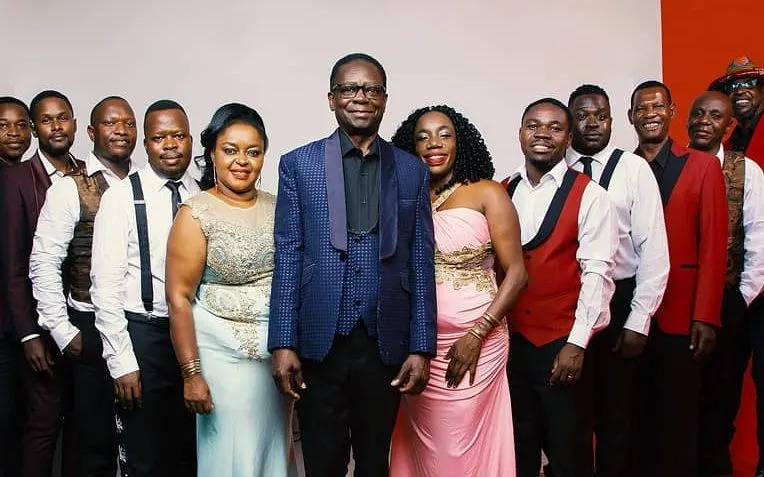How Ugandan music has evolved to love for beat vs message
As someone who has studied the evolution of music across generations, he offers a unique perspective on this cultural transformation.

Every Friday, Saturday and Sunday evenings in Kampala, the sounds of Afrobeat, dancehall, and, hip-hop spill from every corner, drawing crowds of enthusiastic young people.
In this vibrant heart of Kampala, the streets are alive with the pulsating rhythms of contemporary Ugandan music. They sway to the infectious beats, their faces lit up with excitement.
But behind these captivating melodies lies a fascinating shift in musical preferences that has captured the attention of music experts and cultural commentators alike.
Dr. John Mulumba, a musicologist and lecturer of music, sits comfortably in his office, surrounded by stacks of vinyl records and CDs that span decades of Ugandan music history.
As someone who has studied the evolution of music across generations, he offers a unique perspective on this cultural transformation.
“In the 1990s and earlier, Ugandan music was heavily message-driven,” Dr. Mulumba narrates. “Artists like Philly Lutaaya, Elly Wamala, and Afrigo Band used their music to address social issues, political unrest, and personal struggles. The lyrics were powerful, reflective, and often carried profound messages that resonated deeply with listeners.”
Today, however, the landscape is different. The youth are more captivated by the sound and production quality of a song than its lyrical content.
The rise of digital technology and social media has revolutionized music production and distribution, making it easier for artists to experiment with new sounds and reach a global audience.
“Music is now more accessible than ever,” explains Dr. Mulumba. “Young people have access to a vast array of genres and styles from all over the world. This exposure has influenced their tastes, leading them to prioritize rhythm, melody, and beat over the message.”
One of the prominent voices in Uganda’s contemporary music scene is Gravity Omutujju, whose energetic performances and catchy tunes have garnered a massive following among the youth.
He embodies the trend Dr. Mulumba describes. His songs are celebrated for their infectious hooks and danceable beats, even if the lyrics are not as profound as those of earlier generations.
“Today’s youth are looking for an escape. They face different challenges and pressures compared to previous generations. Music provides a way to unwind, to feel good, and to connect with others on the dance floor or through social media. It’s a form of expression and liberation.” Dr. Mulumba continues.
However, this shift does not mean that meaningful music has disappeared. Artists like Bobi Wine and Chameleon who seamlessly blend captivating sounds with powerful messages, demonstrate that there is still room for lyrical depth in modern music.
Their songs address social justice, political change, and the struggles of ordinary Ugandans, resonating with a wide audience.
The fusion of sound and message is not lost on emerging artists either. Rising stars like Azawi and Fik Fameica are finding ways to balance infectious rhythms with lyrics that speak to their generation’s experiences and aspirations.
They are creating a new wave of music that reflects the complexity of contemporary Ugandan life.
As the sun sets over Kampala, the city’s nightclubs and music venues come alive, filled with the sounds of the latest hits. The youth dance, laugh, and celebrate, lost in the music that defines their generation.
For Dr. Mulumba, this evolution is a natural progression in the ever-changing landscape of music.
“Every generation finds its own voice,” he concludes. “What matters is that music continues to be a powerful force that brings people together, whether through the beat, the message, or both. The future of Ugandan music is bright, dynamic, and full of potential.”
In the end, it is the beat that drives the heart, but the message that lingers in the soul. And as Ugandan music continues to evolve, it will undoubtedly keep captivating both the ears and the minds of its listeners, creating a rich tapestry of sound and meaning for generations to come.







